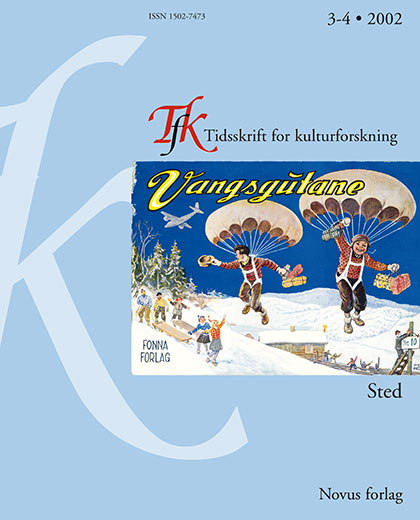Sammendrag
The article discusses the relation between the geographical place Auschwitz and different interpretations of it. The understanding and meaning of the place is partly decided by what the Auschwitz Museum's exhibitions and memorials communicate, but it is also negotiated through different kinds of commemorative practices. The article discusses the commemorative practice of the Norwegian organisation Hvite busser til Auschwitz (White Busses to Auschwitz). This organisation arranges school-trips to the former German concentration camps. The main objects to visit on these trips are Auschwitz-Birkenau, Sachsenhausen and Ravensbrück. Former Norwegian concentration camp inmates are used as guides. Through the guiding, the history of Auschwitz and the Holocaust is connected to the former inmates' memory and personal experiences. In this way a relation between Auschwitz and the Norwegian collective tradition of the Second World War is established. Hvite Busser til Auschwitz' commemorative use of Auschwitz-Birkenau communicates not only the Norwegian collective tradition, but also certain values connected to it, such as tolerance and the importance of human rights.
Forfattere beholder opphavsretten og gir tidsskriftet rett til første publisering av arbeidet. En Creative Commons-lisens (CC BY-SA 4.0) gir samtidig andre rett til å dele arbeidet med henvisning til arbeidets forfatter og at det først ble publisert i dette tidsskriftet.

